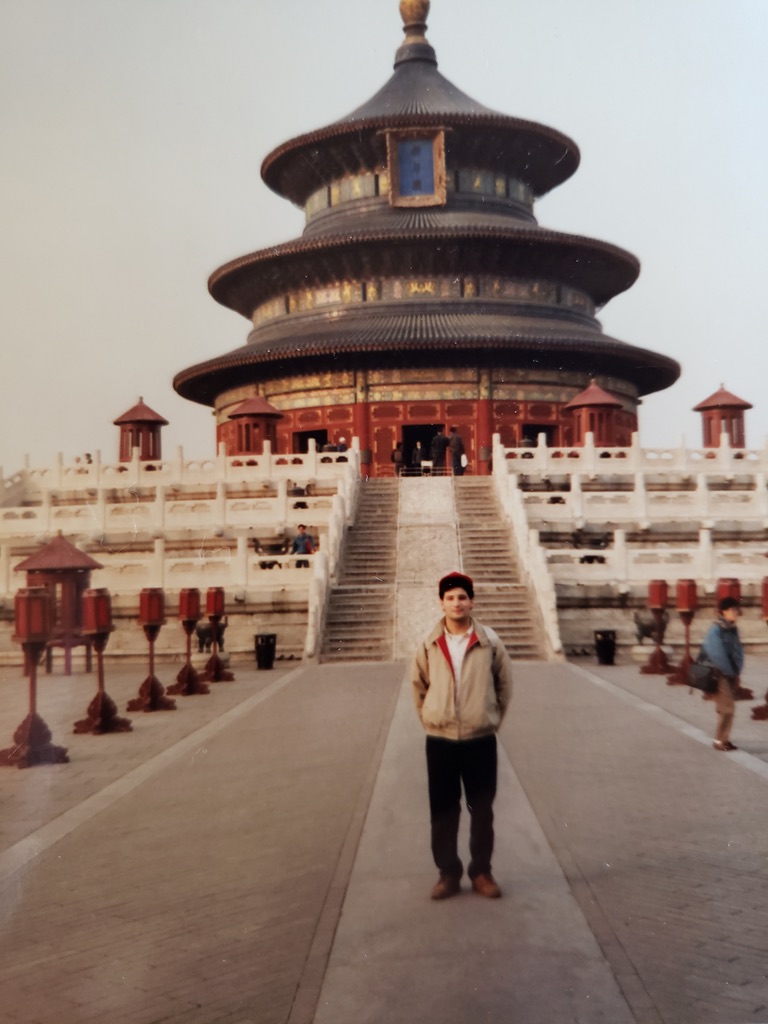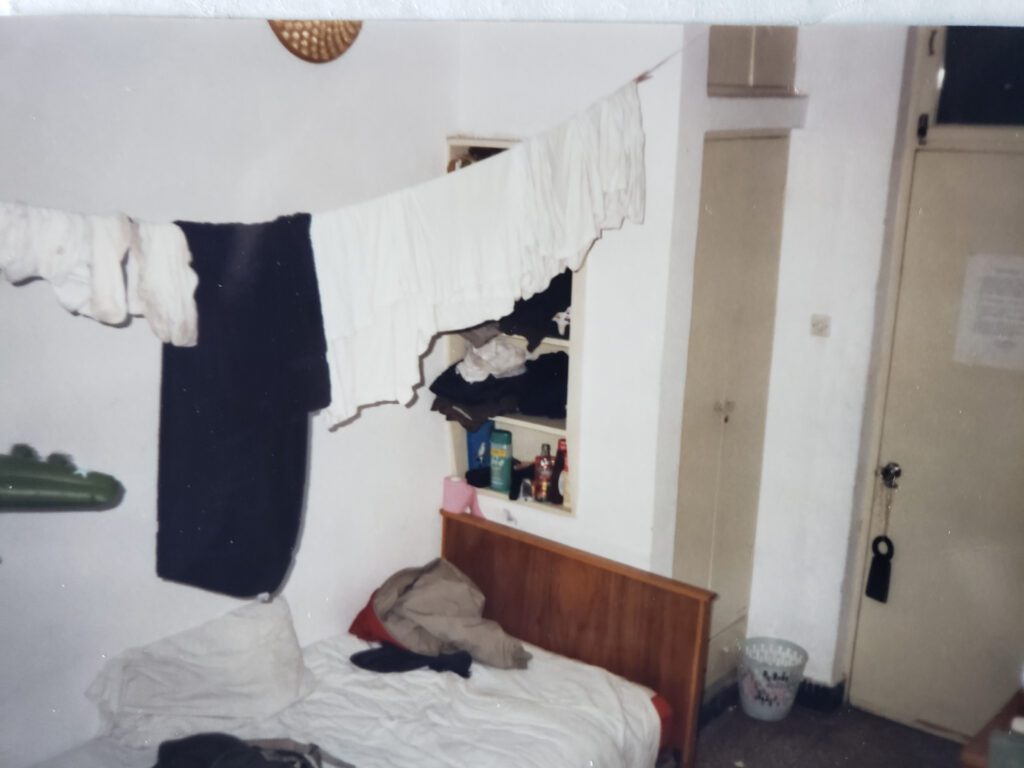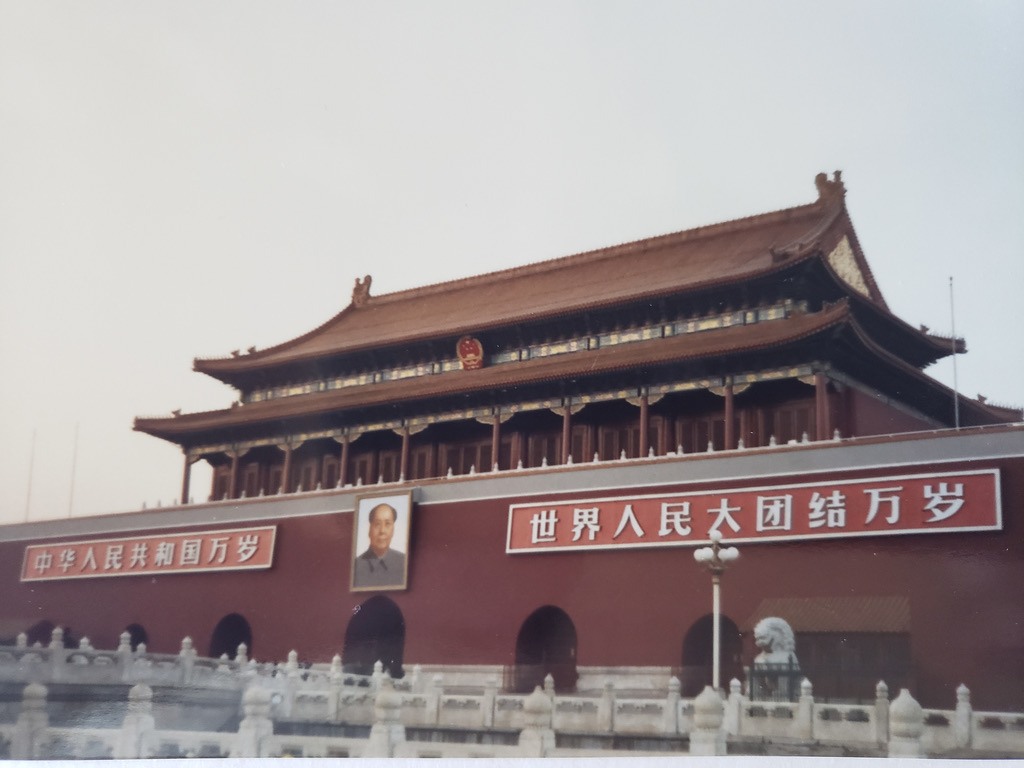
The Real Deal Part 1- Beijing
| If you purchased the memoir How I Lost My Kidneys In China, then you are aware there are no pictures included. I couldn’t add more pages without frightening readers with the already hefty size of the tome. Instead, I will use this space to provide real-life images to visualize the story. |
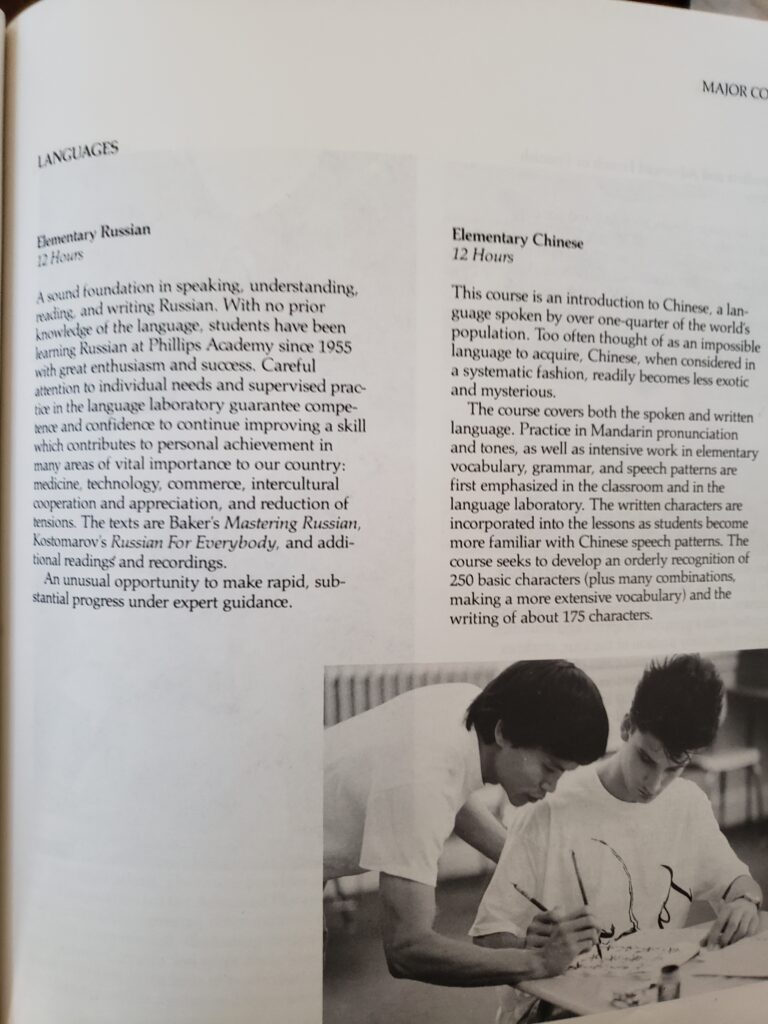
I first took Mandarin at Andover Academy during the summer of 1987. The course lasted six weeks but enormously impacted my future path. I also impressed the school, as they put me (with ’80s-style spiky hair) in the 1988 catalog to promote the class. They offered Russian again, even though no one wanted to take the course besides me.
When I returned to Chicago and said I studied Mandarin during the summer, I intrigued people. At the time, China was a sleeping giant, and the biggest concern was about Japan taking over the world. I knew soon or later, the Dragon of the East would awaken and people who spoke Chinese would be in demand. Gradually, I improved enough to reach the halls of Peking University, the number one college in China (rated 12th in the world). In 1990, there were only a hundred or so international students. Now there are over seven thousand. I was fortunate to arrive ahead of the stampede.

My dorm had the same paint scheme as almost every building in the city. It was clean and better-lit than the local students’ dorm. Every morning, the guards placed a thermos of water outside our doors. That was the ”safe” drinking water for the day. I eventually got over the rusty taste but had a hard time drinking straight boiled water.
My room was a double. This is where I spent my afternoons writing characters and memorizing vocabulary to prepare for my nighttime drinking excursions to use the words I learned. With no dryer, I hung my wet clothes over my bed and hoped they dried before I went to sleep. You might notice the cage outside the window I crawled in when coming home late and the dumbass straw hat hanging on the wall.
From 1980 to 1994, China used two currencies, RMB (Reminbi-the People’s Money) for locals and FEC (Foreign Exchange Certificates) for foreigners. Technically, we were not supposed to use RMB, but as more foreigners arrived, it was harder to control.
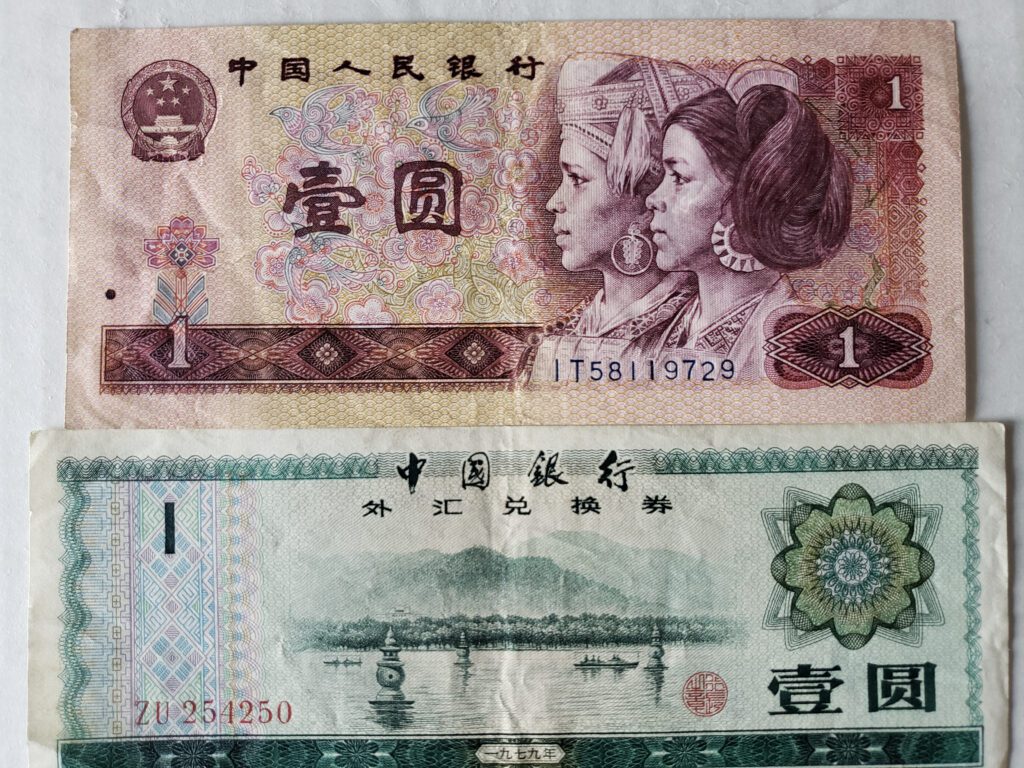
If we couldn’t use RMB, it would be difficult to buy anything. And when we did, the change would be in RMB unless the store was one of the few sanctioned shops. Some remote areas had never seen FEC before and were not willing to accept them, kind of like traveler’s checks. RMB and FEC were supposed to be equal (written on the bill) but the actual rate was about 125 RMB to 100 FEC.
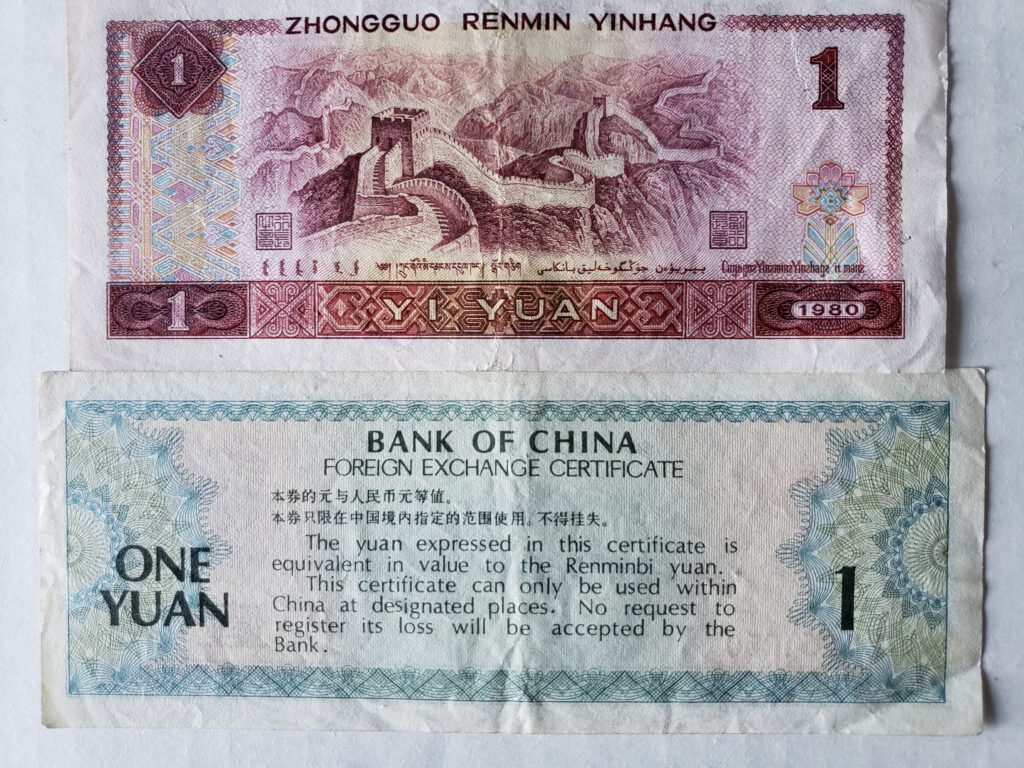
China-The Land of the Bicycle. A bike was the most critical item a person could own. After I bought mine, I rode it everywhere until I was guilty of drunk peddling. One night on the sauce, I raced another classmate through the alleys, coming back from my favorite watering hole. I was ahead but turned my handlebars when I looked back to see by how much, and I flipped over onto the concrete. The drunk in me laughed it off, while the sober side said no more serious drinking and biking. My definition of “serious” consisted of premeditated, excessive baijiu drinking.

When I departed China, I handed over my bike to my local friend but kept the PLA coat and hat. They provided sufficient warmth during the winter weather of the north but turned into a hassle when pedaling. After a while, you started sweating, and they didn’t sell deodorant in China. It was too cold to worry about if you smelled. That’s why I didn’t wash my clothes. Plus, I was tired of them dripping on my bed.
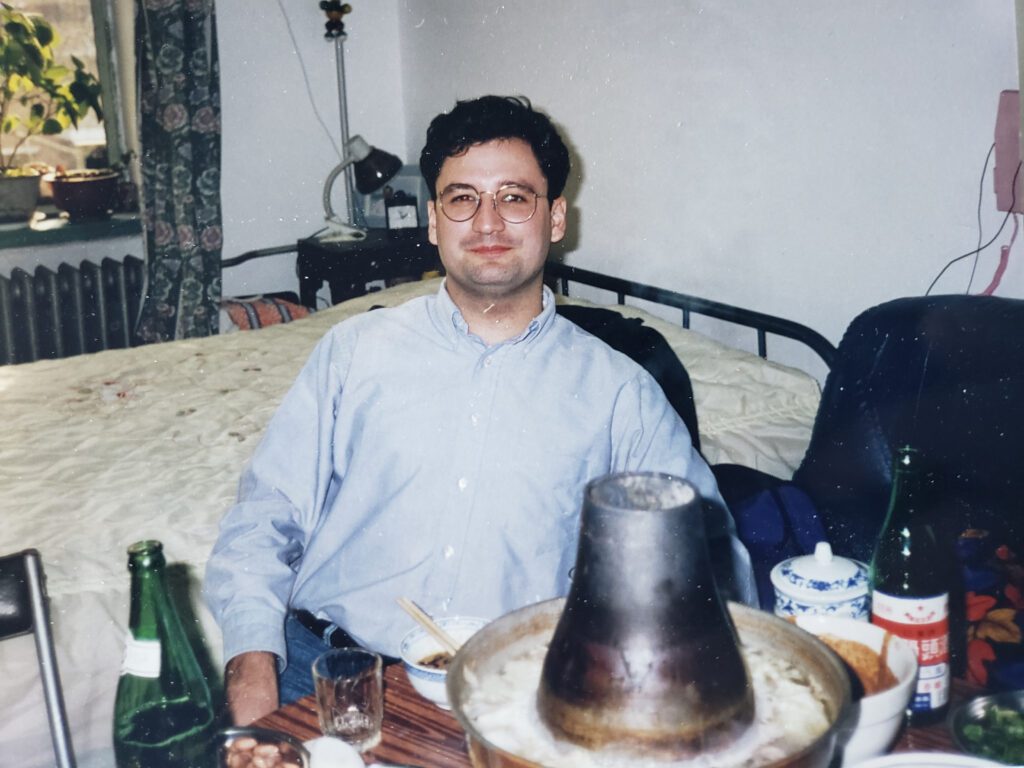
It’s a toss-up between Peking duck and Shuanyangrou (hotpot) as to which is my favorite Beijing dish. I would sit at a hot pot table for hours, filling my belly with lamb while pouring beer and Erguotou down my throat. Here I am, enjoying an excellent meal at Lao Zhu’s home. I always worried his bed would catch fire from the embers flying out of the cone.
In the winter, cabbage was the only vegetable that mattered. Large trucks arrived from the countryside and dumped an entire load on the street. People bought extra and stocked the leafy veggie outside to freeze them until needed. After a few months, I thought they must be out of cabbage by now, but it kept appearing.
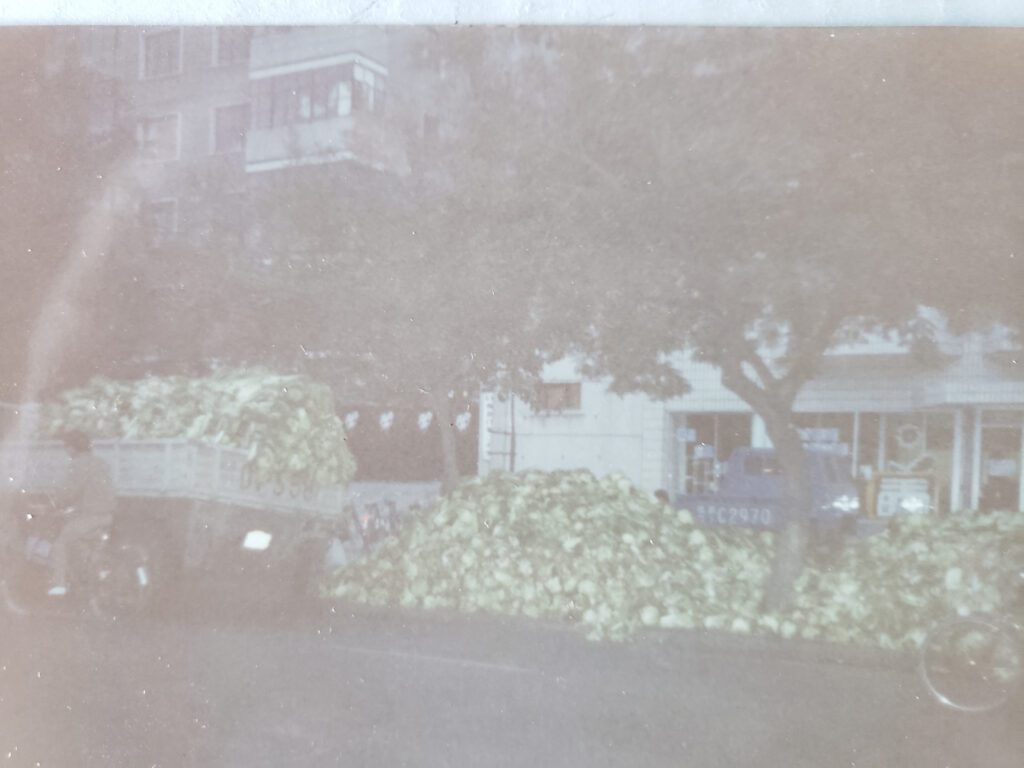
Going in through the out-door at the first KFC in China on the southern edge of Tiananmen Square. It took an hour-and-a-half to get here, but it was worth the trouble. The bigger problem was getting off the plastic chair to make the hour-and-a-half trek back to school. I ate more KFC while in China then I hate to admit. The food nursed me back to life numerous times.

Our Thanksgiving feast at the banker’s home. This was a meal to be shared by about fifteen people so we had to throw in bananas to stand in for the things missing and lack of portions.
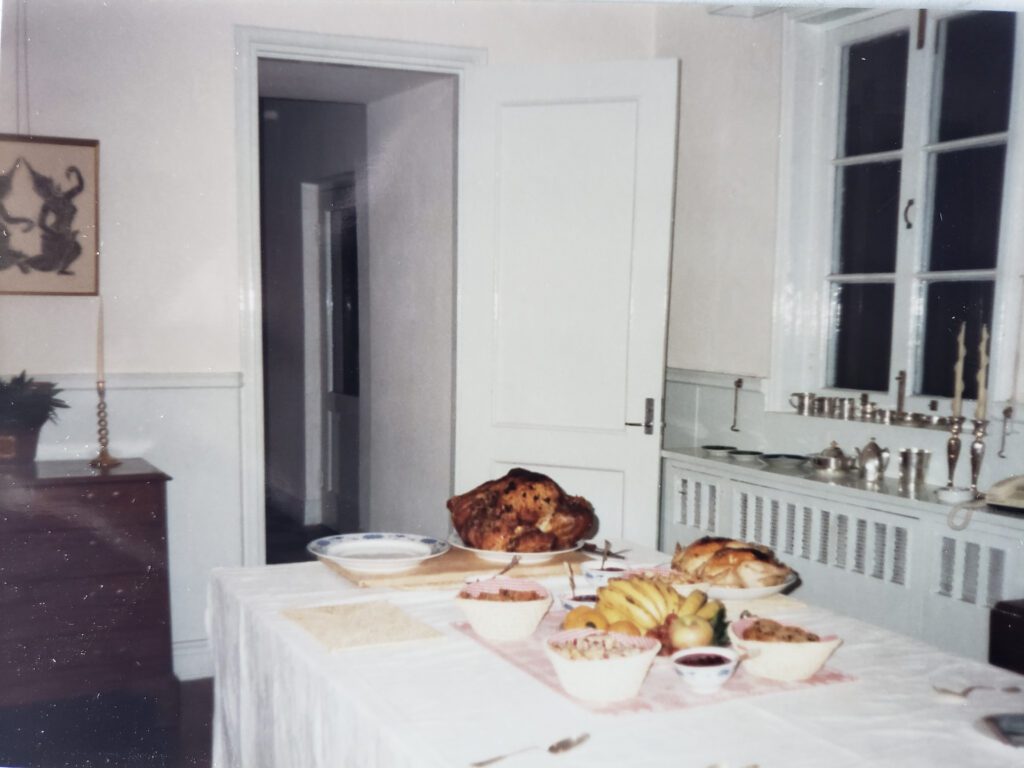
Class trip to the humongous steel factory, a city within a city. If you worked here, your whole life was here.
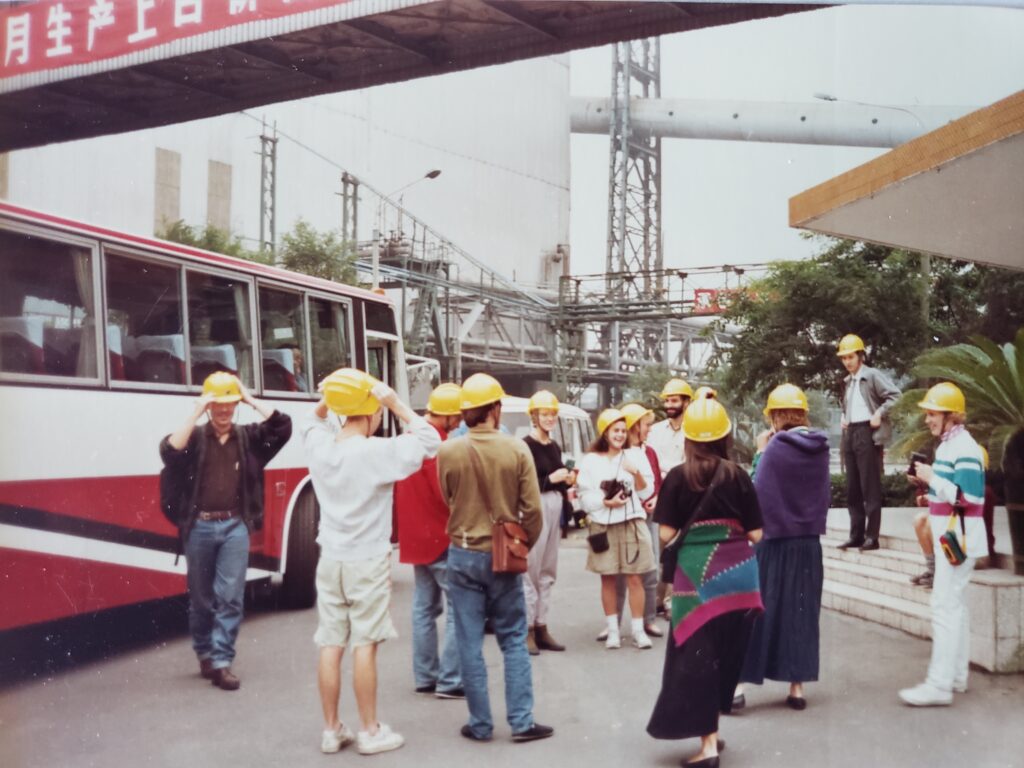
Naturally, we took a trip to the Great Wall. Back in 1990, tourist sites were empty with few visitors. Most locals focused on working and had little time off, while only a trickle of foreign visitors arrived. With plenty of space, I could take lots of glamorous photos like this with a fur hat I bought for 25 RMB.
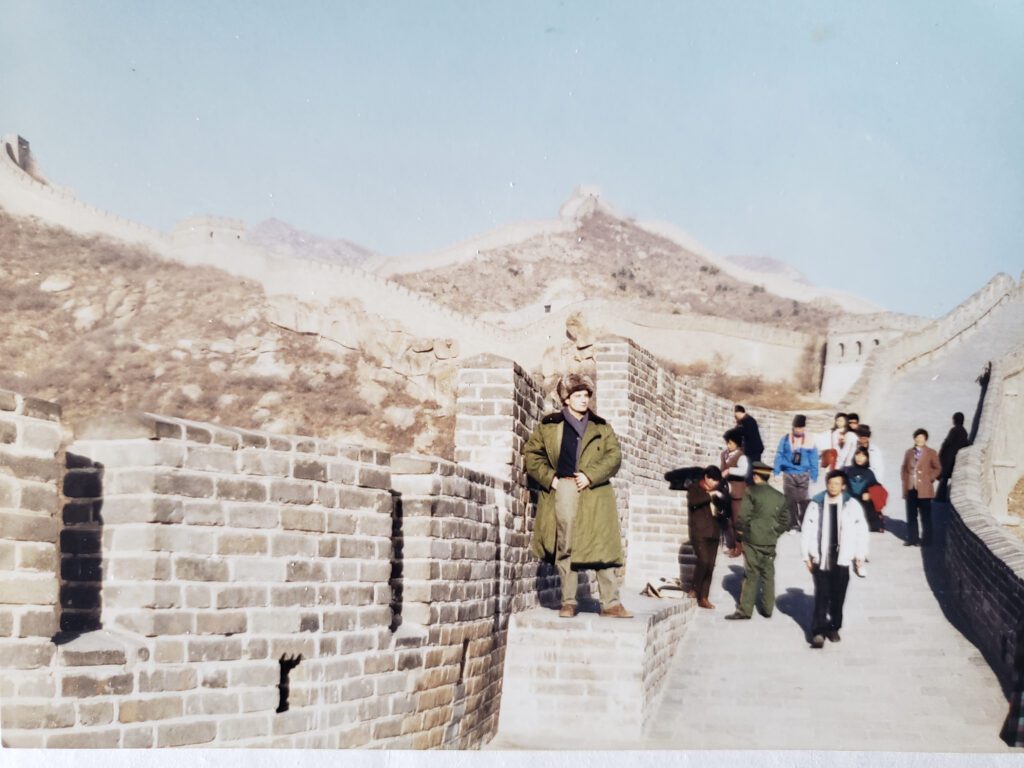
This trek would be filled with tourists (Covid excluded).
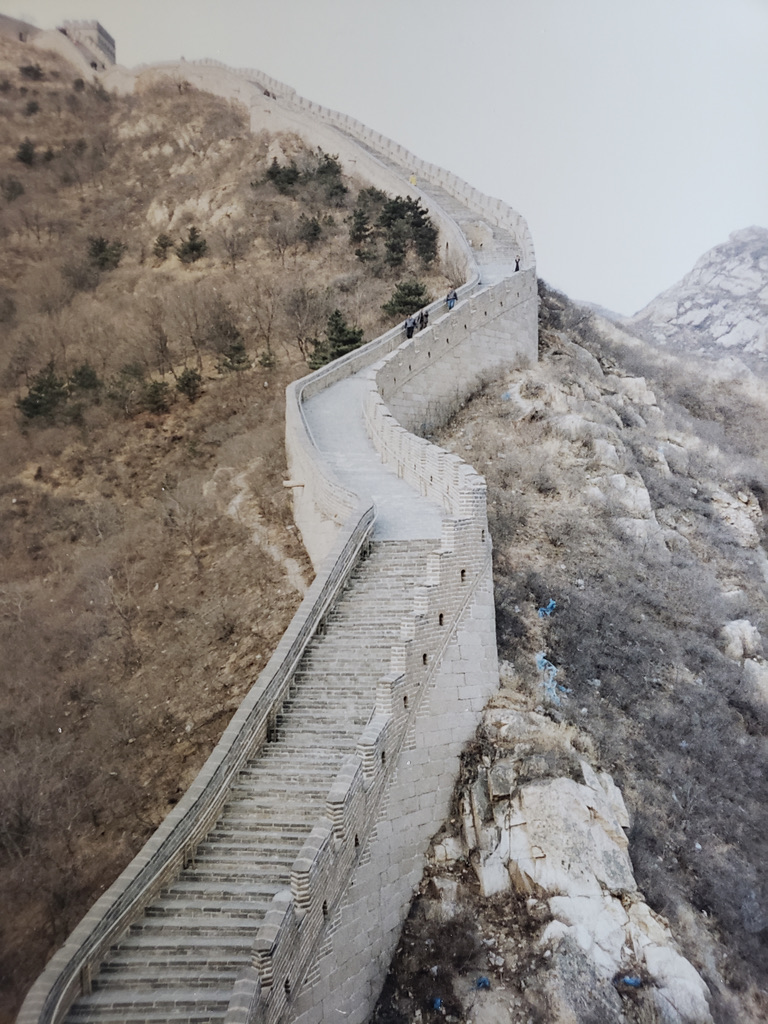
Beijing had few cars on the road.

The Forbidden City.
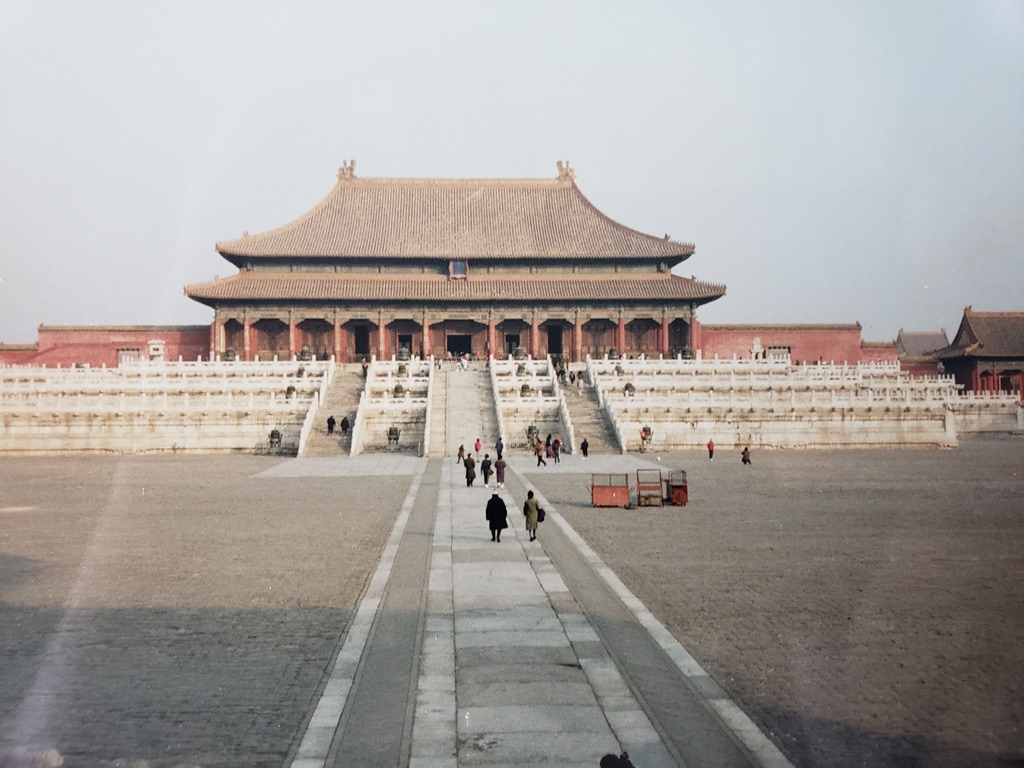
The city used to be surrounded by a wall like a lot of cities in China. This is the front gate.

Procession to Ming Tombs.
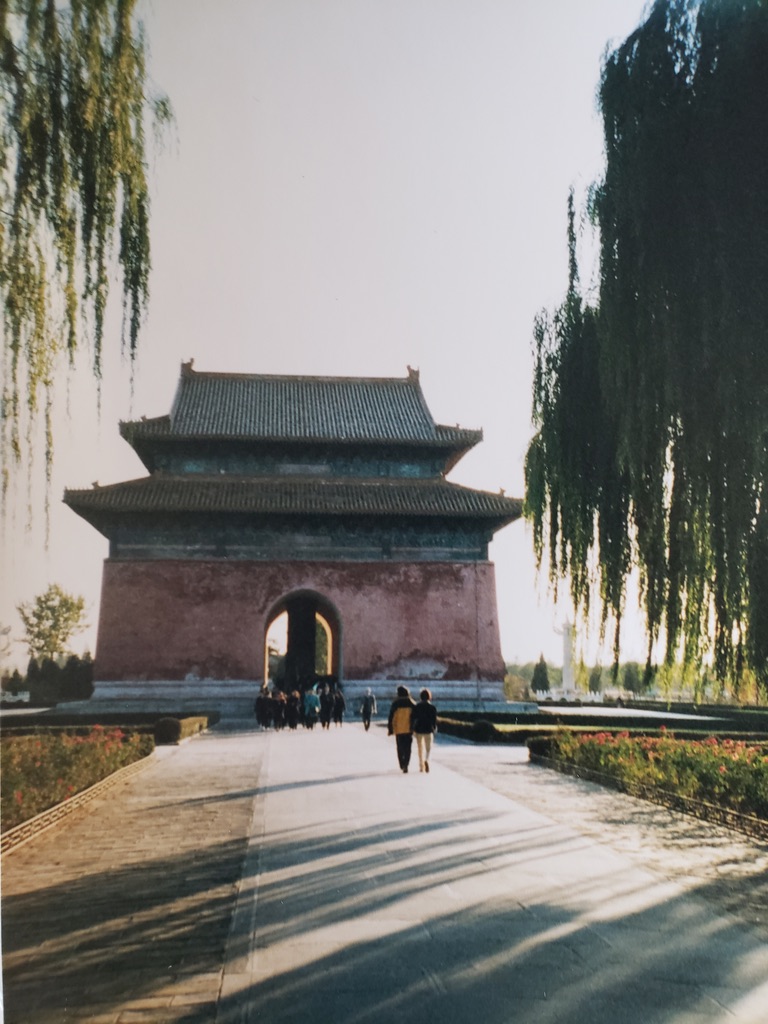
The Summer Palace was a short bike ride away from Beida.
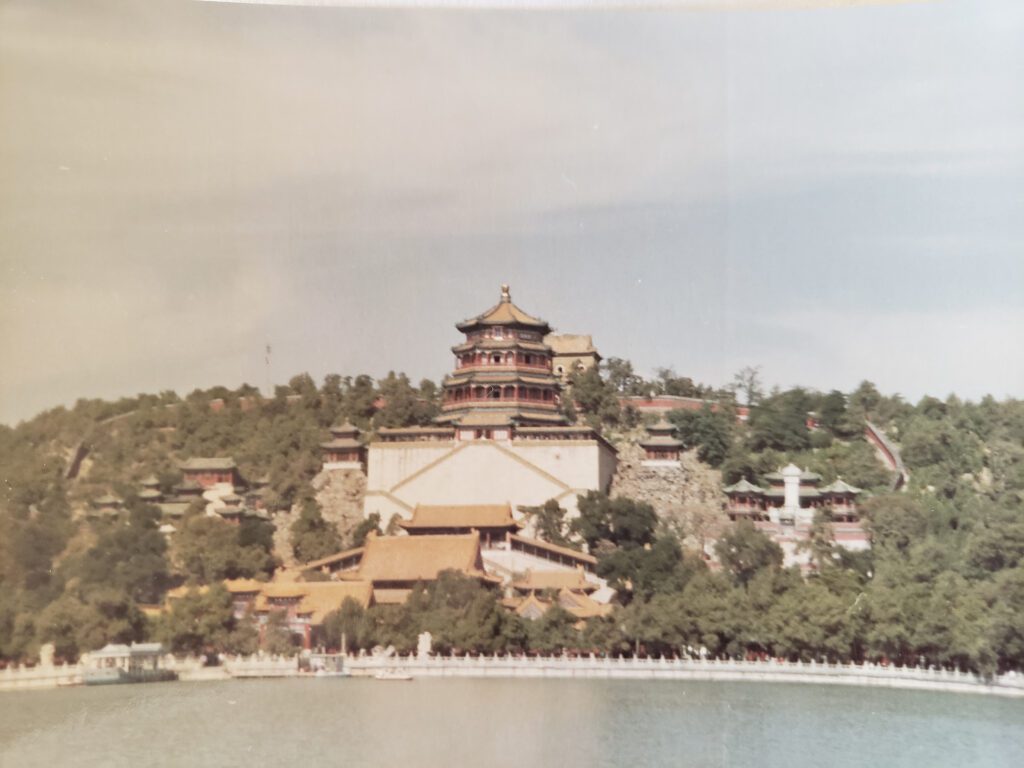
It was said that the Empress Dowager made eunuchs walk into the pond to catch fish by hand as a form of entertainment, and they couldn’t come out unless they caught one. Each lily pad represented the guys that never made it out. There were a lot.

I visited The Temple Of Heaven often to buy antiques and souvenirs from the small shops outside the gate that were eventually moved inside to form the Rainbow market.
